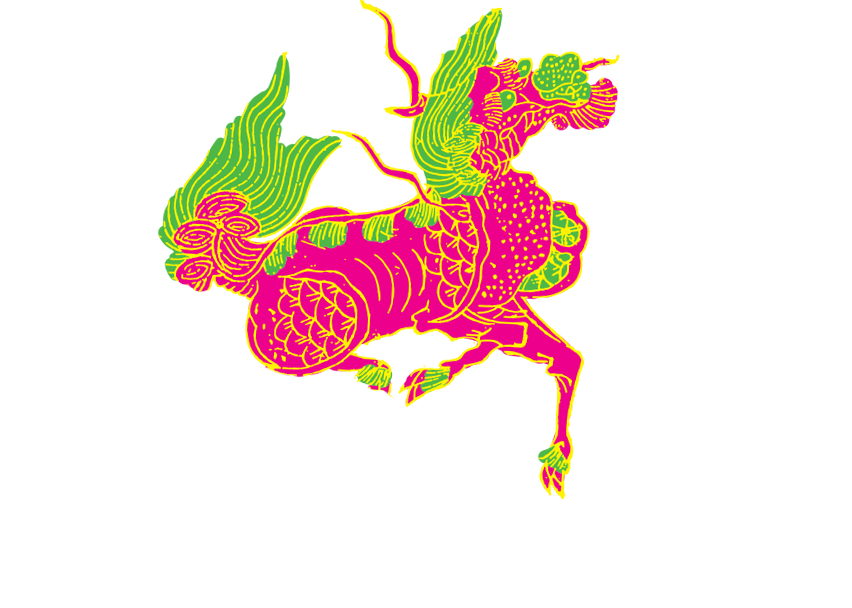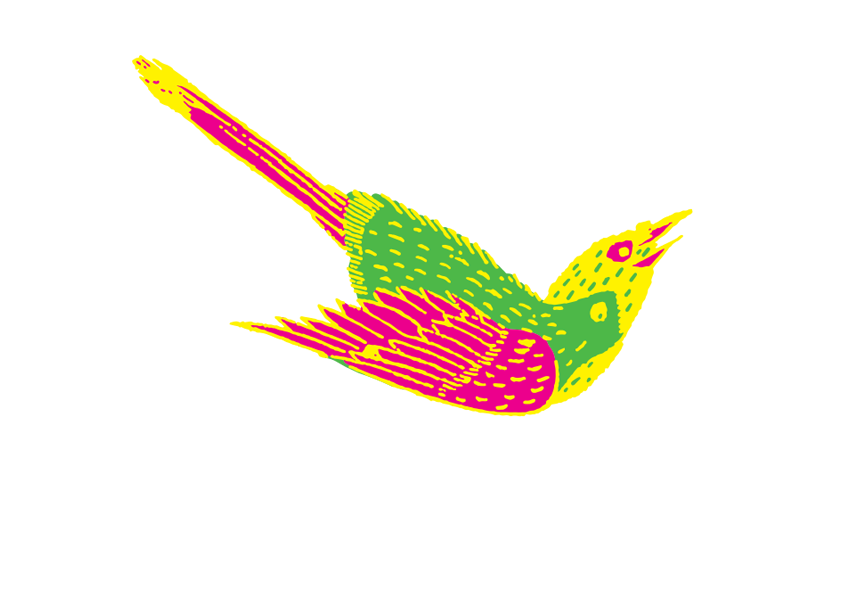明 Ming dynasty
軸 紙本設色 Hanging Scroll, ink and colors on paper
146.5cm (H) x 62.9cm (W)
商喜(十五世紀),河南人,字惟吉,善畫。宣德中徵入畫院,授錦衣衛指揮。圖中有一人手捧壽桃,身旁一白鹿,鹿的上方繪一蝙蝠。壽桃、白鹿、蝙蝠三者均以淡墨勾勒,惟畫中人以較濃墨線描繪。「蝙蝠」代表「福」、「鹿」、「祿」同音,取「壽桃」之「壽」字;本圖借三者詮釋「福、祿、壽」之吉祥寓意,並以畫中人串連三者,筆畫俐落,畫面簡潔,寓意清楚。
Shang Hsi (circa 15th century), artist name Weiji, originally of Puyang in Henan, was a famous painter. During the reign of Xuande, he was inducted into the Imperial Painting Academy, and was granted the title of Commander of the Imperial Guards. This scroll depicts a figure holding peaches of immortality, accompanied by a white deer and a bat flying above. The peaches of immortality, white deer, and flying bat are delineated in light ink, with the figure alone represented in lines of heavy ink. The scroll makes use of homonyms between bat (fuk1 蝠) and fortune (fuk1 福), deer (luk6 鹿) and prosperity (luk6 祿), and links the symbolism of the peaches of immortality to the concept of immortality itself. Overall, this scroll links these three main motifs together to convey an auspicious sense of fortune, prosperity, and longevity. The lines of this work are clean and masterful, resulting in an unencumbered image that conveys a distinctive message of goodwill.

















